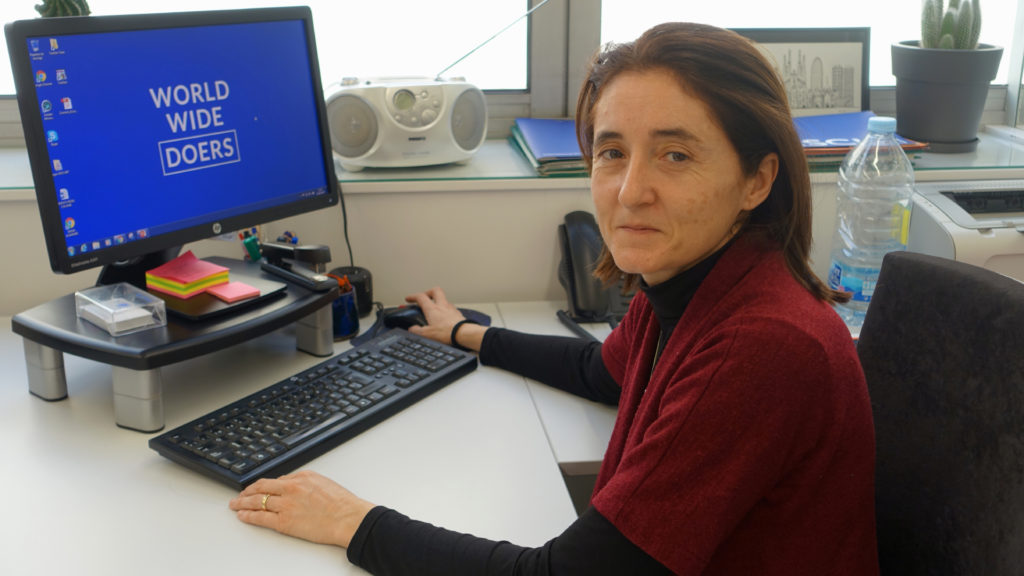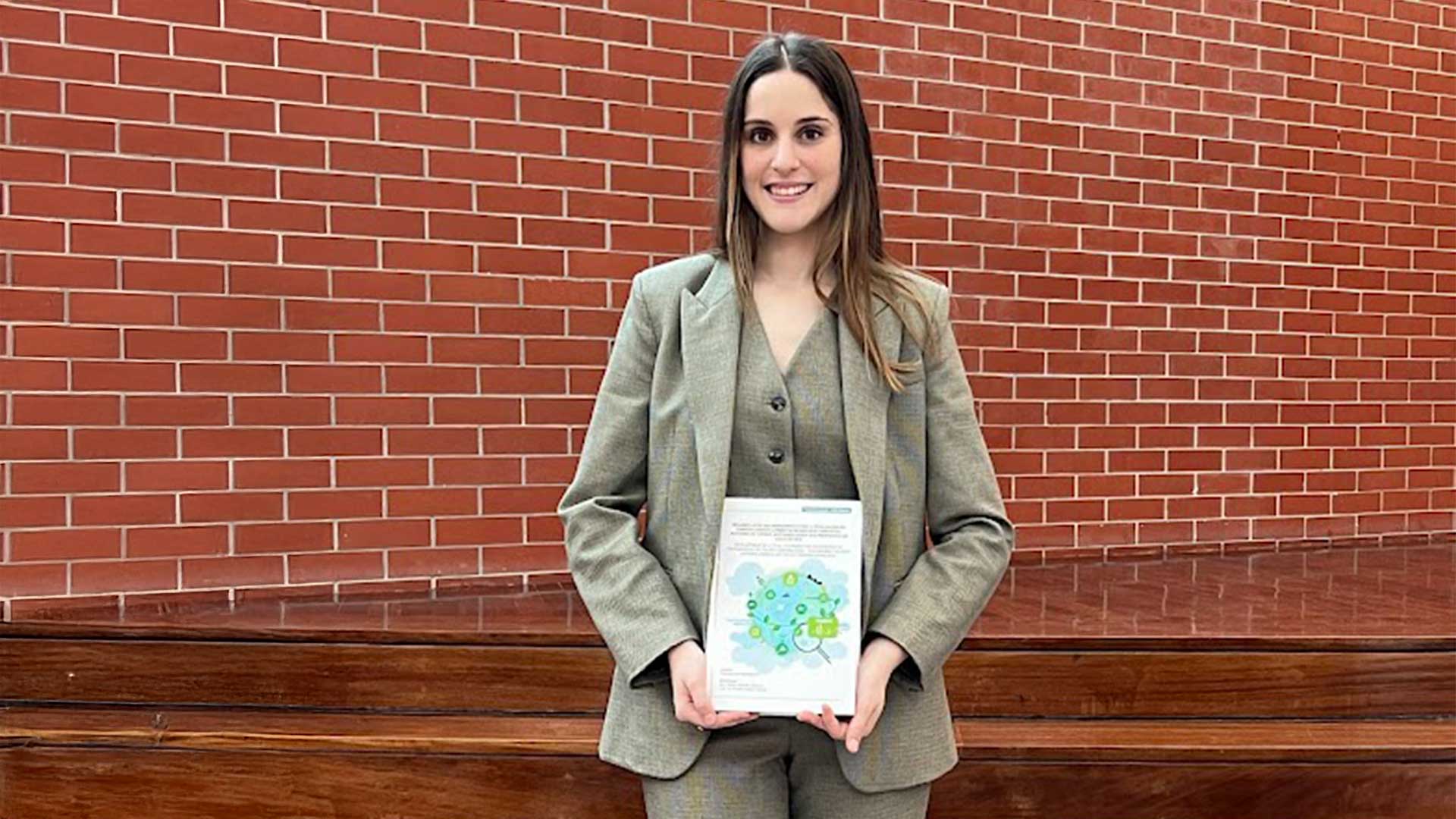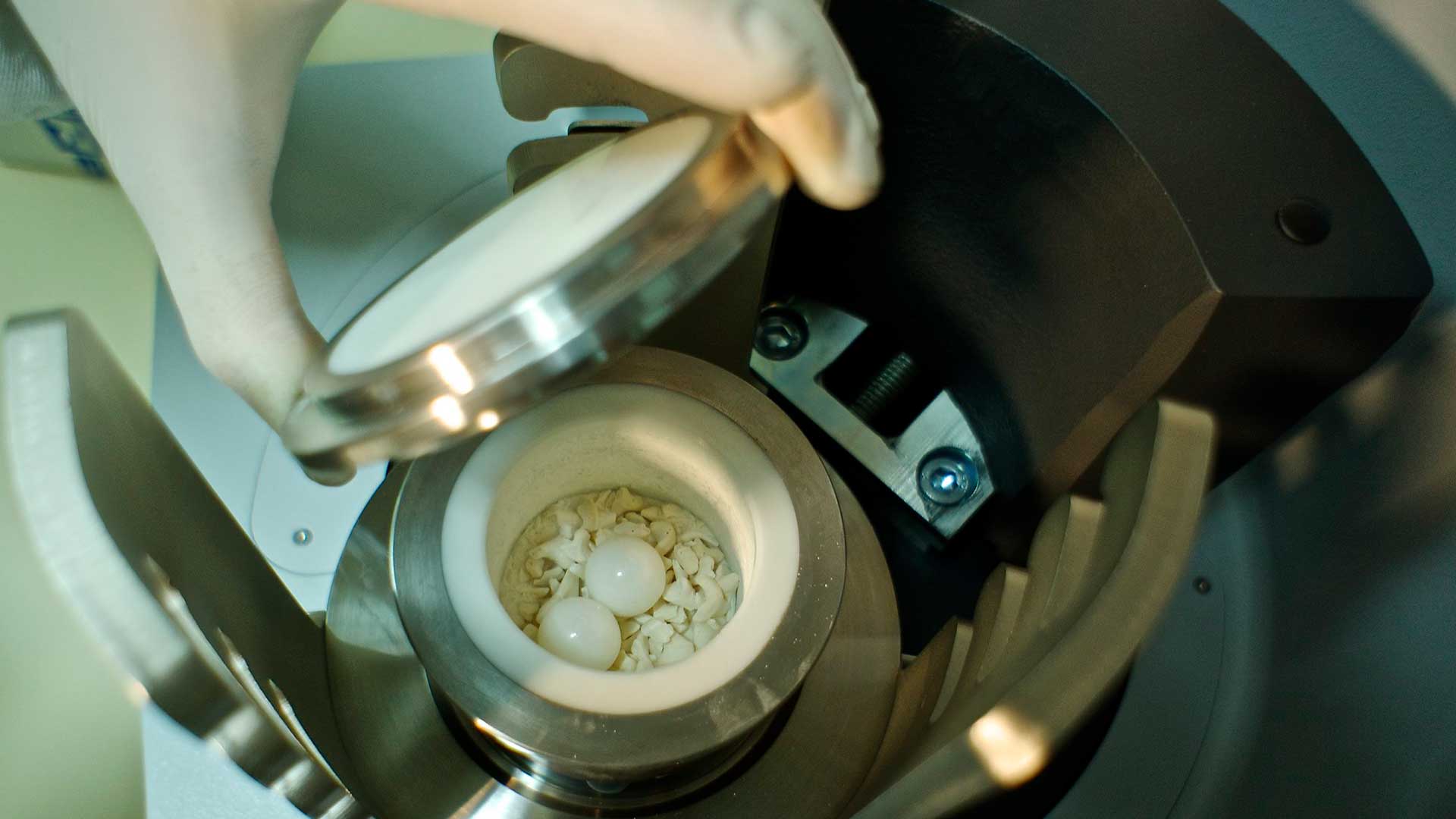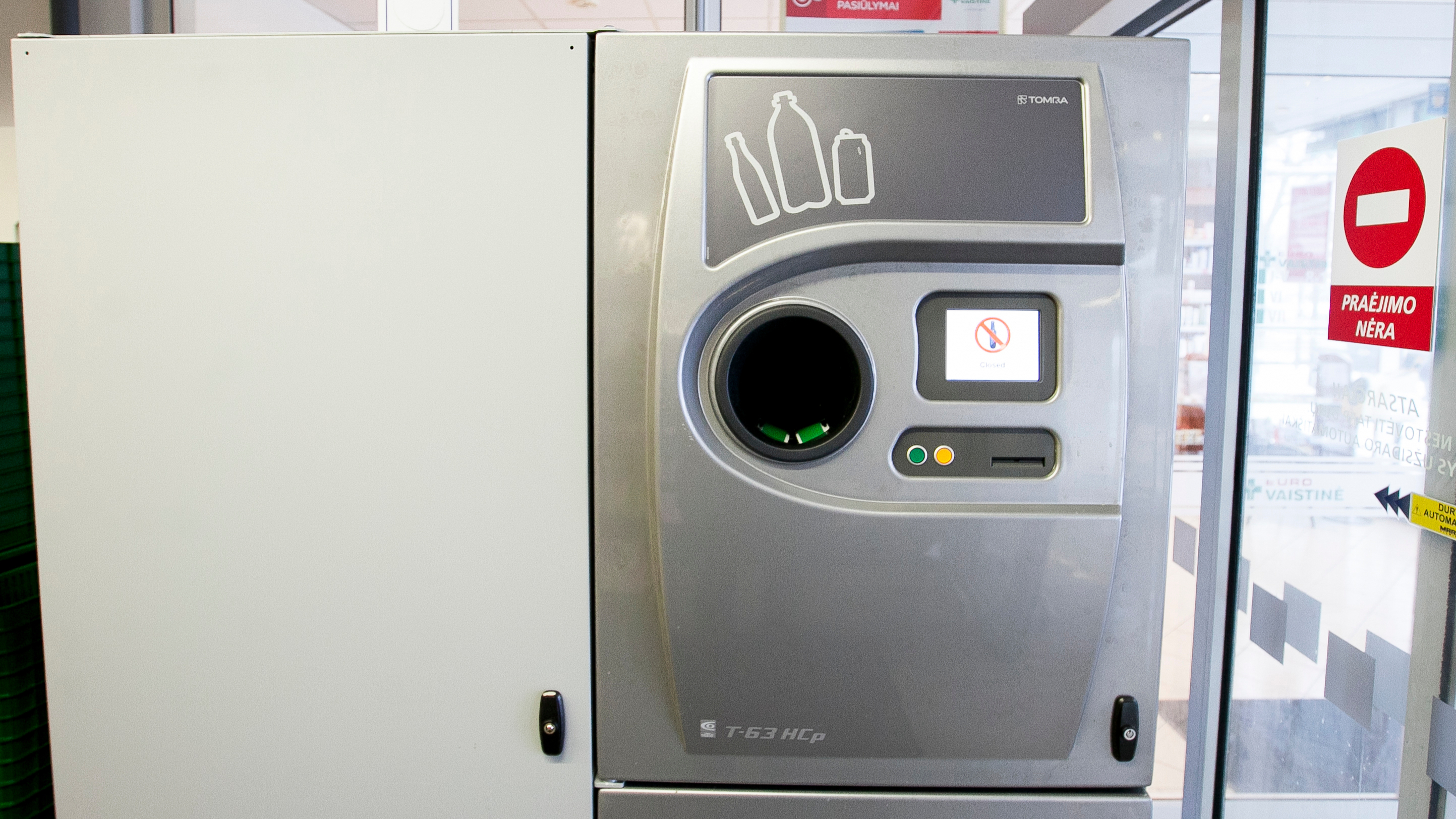Investigadores de RISE, la Cátedra MANGO de RSC y la Cátedra UNESCO de Ciclo de Vida y Cambio Climático, todos ellos en ESCI-UPF, han analizado la sostenibilidad de la implantación en Cataluña y España de un Sistema de Depósito, Devolución y Retorno (SDDR) obligatorio: el estudio Ariadna.
“The Ariadna Project (2017) is the most comprehensive sustainability study on DRS carried out to date in Europe, with respect to the three areas of analysis, economic, social and environmental, and from the aspect of materials and products,” explains Rosa Colomé, director of the Careers Advisory Service at ESCI-UPF and responsible for the coordination of the economic analysis of the study. “The relevance of the study is due to the costs that are reflected in it, as well as the economic, environmental and social implications of the implementation of this system,” says Colomé. For this reason, the researchers have submitted the full report of the project for public comment through a web form.
The study has involved the participation of a tracking committee composed of more than 30 entities and organisations representing the parties involved in managing waste, and it has been subjected to a critical review by a panel of nine independent experts; concluding that “the implementation of this model would economically be disadvantageous.” In Catalonia, the cost to manage containers subject to DRS would be 10 times higher, and in Spain, the cost would be 11 times higher.
Economic analysis
The Ariadna study compares the costs of the current system (EPR) against the hypothetical introduction of a combined DRS+EPR system, performed through the Net Cost accounting methodology. The DRS would affect containers for water, soft drink, juice, beer, wine, sparkling wine and spirits made from PET, HDPE, steel, aluminium, carton for beverages and glass, with a capacity smaller than 3 litres. A deposit of 10 cents would be applied to each container and researchers have assumed a return rate of 90%. The containers not subject to DRS would be managed by EPR.
“First, we have analysed how much the current ERP system costs, based on the data collected and audited by Ecoembes and Ecovidirio, as well as information from the Federación Española de Municipios y Provincias (FEMP), among other sources. We aimed at understanding the system costs, disaggregate them by materials and activities, analyse these costs and, finally, determine the net cost of this system,” explains Joan Ribas, academic coordinator at ESCI-UPF and responsible for the analysis of the current system. “Thus, we can determine what part of the ERP costs would be maintained or would change with the hypothetical introduction of a combined DRS+EPR system,” he adds.
Designing a new system
In the case of the DRS, the study has implied the design of a new system, according to the commercial structure and the Spanish consumer, and all the processes linked to it, taking into account the human and material resources necessary to carry them out. “Having identified all the processes and their associated cost, we can identify the source of the cost. Depending on the type of machinery (large or small machines) that each establishment would use or if manual management would be done, we can identify what cost would have to manage a package in each one of the establishments,” explains the coordinator of the study. This project is also the first to include the Horeca channel (hotels, restaurants, and catering).
“In the case of Spain, with a commercial structure of small establishments, a very high percentage of sale points would opt for manual management,” highlights Colomé.
The study identifies the net cost of 18 different cost models, regarding the different commercial and collection formats, selected among the 50 possible ones drawn up in accordance with the representative organisations. “In the case of Spain, with a commercial structure of small establishments, a very high percentage of sale points would opt for manual management,” highlights Colomé. Comparing the models can be seen how the hypermarket model with a large volume machine is much cheaper (in terms of cost per managed unit) than a bar with manual management. “This demonstrates that establishing a stable and unique compensation for all establishments would be a mistake,” according to the researcher.
The cost analysis carried out, concludes that the implementation of this model would be economically unfavorable. “The results are coherent from the economic point of view because we are duplicating a system,” says Colomé. “This new parallel system would entail more manual management in the Spanish commercial structure than in any other country and that implies more cost, because it is more inefficient.”
With respect to the current ERP, “according to the FEMP, the majority of the waste collection on the street could not be easily dismantled even if less waste was managed, because a large part of this infrastructure depends on municipal criteria for citizen service and public health. It is a fixed cost and, therefore, the cost of the ERP per collection unit would be very expensive,” concludes Ribas. «You can not greatly reduce the costs, even if you reduce waste.”
Now, researchers are focused on how the country’s commercial structure affects the results, and the associated costs of implementing a SDR system, as well as disseminating the Ariadna study’s method to apply it to other contexts and materials or products.





Leave a message